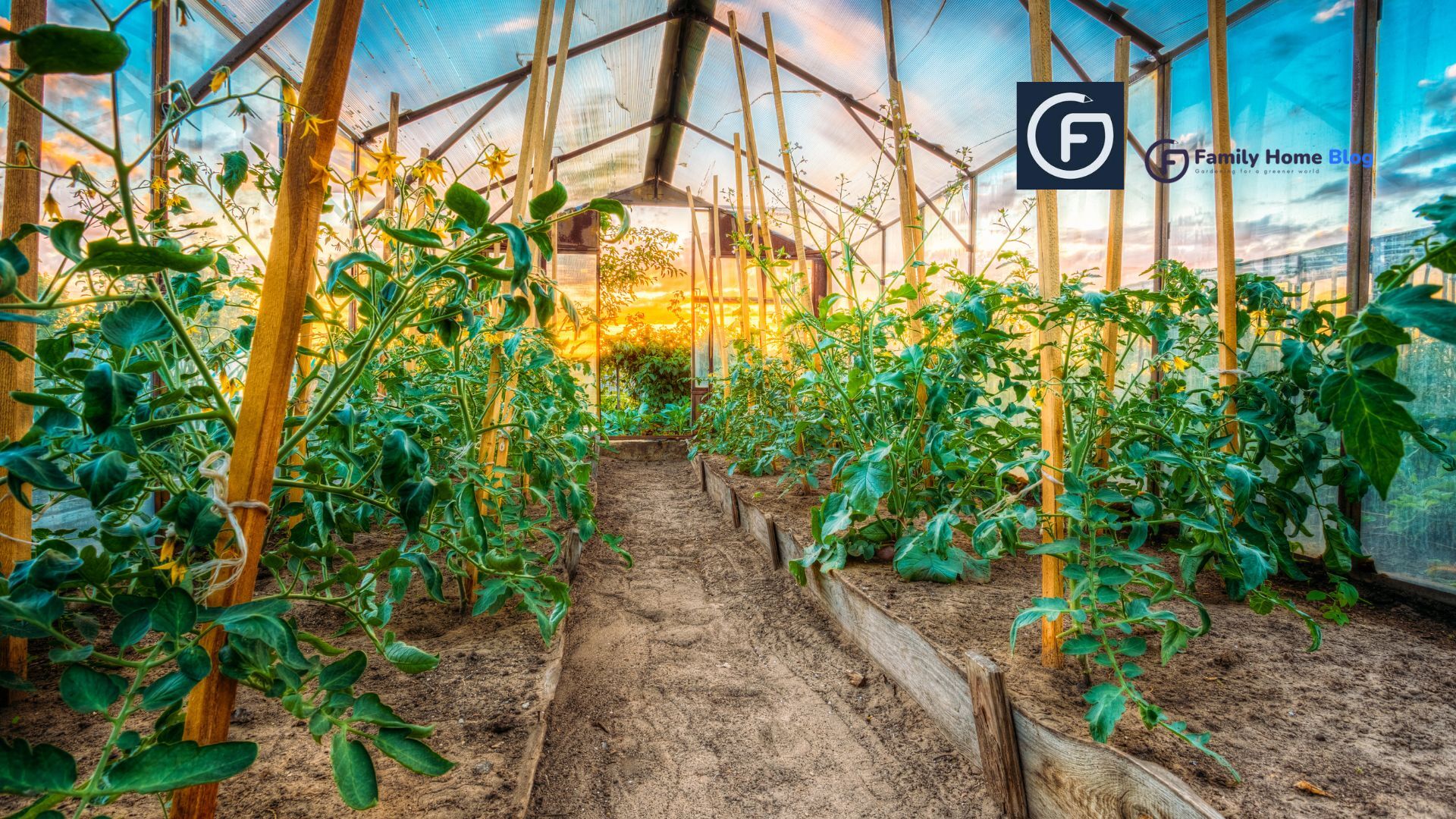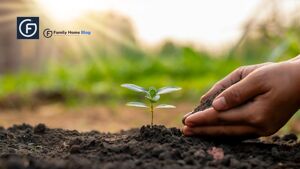Why are plants called producers is a fascinating aspect of nature’s web; understanding this part of its intricate puzzle is critical to the survival and health of its green world, where chlorophyll, sunlight, and life-giving energy work in harmony – from initial ecological balance through modern-day healthy environments. Join us as we discover more about photosynthesis, trophic levels, and plants’ vital roles as essential life sources!
What Are Producers Doing In Life?
“Producers” play an essential role in ecology. Through photosynthesis, these creatures take in energy from the sun to use it to build environments. Producers such as plants, algae, and some bacteria convert sunlight directly into chemical energy using organic molecules like glucose – an extraordinary ability that sets farmers apart.
Producers have an essential part in the food chain. Producing food for other species in their ecosystem to use as sustenance, producers begin the energy flow, allowing other organisms to survive and flourish. Herbivores serve as primary consumers who eat directly from producers before being eaten by carnivores and omnivores that feed on herbivores themselves; this energy transfer increases trophic levels further before decomposers return all that waste into the dirt so more producers can thrive again.
Producers play an essential part in ecosystems by converting energy and providing food for many places.
Photosynthesis Is at the Core of Plant Production
Photosynthesis is one of the most extraordinary processes in nature, enabling plants to take advantage of sunlight to convert it into fuel for life. It begins in plant cells’ chloroplasts, where chlorophyll acts as a central player, soaking up sun energy before starting chemical processes that convert carbon dioxide and water into glucose, the primary energy source.
Chlorophyll plays an integral role in plant photosynthesis. Photosynthesis takes place by helping plants absorb sunlight and transform it into chemical energy. Alongside chlorophyll are other essential parts, such as enzymes, that ensure this process runs smoothly and efficiently.
Photosynthesis is a fantastic phenomenon that helps plants flourish while providing oxygen to sustain life on Earth. Suppose you have ever wondered why are plants called producers. In that case, the answer lies within photosynthesis’s work: plants use light, pigments, and chemicals to generate energy, which produces life on our planet. Understanding photosynthesis helps us better appreciate its role in our environment and its significance as part of life’s cycle.
Energy Flow and Trophic Levels
Trophic levels form the cornerstone of ecosystems’ complex energy exchange network. At its center lies the food chain, which categorizes organisms by their feeding role. Producers on initial trophic levels are essential in this energy exchange between groups.
Producers, particularly plants, form the first link in the food chain. Their unique ability to harness solar energy through photosynthesis into chemical energy stored as glucose keeps them alive while initiating energy flow up through higher levels of the food chain.
Energy moves from producers to consumers as these latter feed on producers. Primary consumers, like herbivores, directly consume plants that store energy; secondary and tertiary consumers then move this energy up the trophic pyramid.
Plants as Autotrophs: Self-Sustenance and Survival
Autotrophism is a fascinating component of plant biology that allows them to take care of themselves and remain alive. Through photosynthesis, plants take in sunlight energy to make glucose, which they then use as their food source – thus maintaining ecosystem health as they flourish and expand their reach. This fantastic ability enables plant life to continue producing flowers while simultaneously feeding whole communities with vitality.
Photosynthesis, in which plants breathe in carbon dioxide and give oxygen, has altered Earth’s atmosphere for millions of years. Over time, plants have also developed in various ways to adapt and survive in different places, from deserts to jungles. The unique root systems, saving water techniques, and changing leaves – helping them adapt more effectively.
Autotrophic plants are the cornerstone of Earth’s food web by feeding herbivores and predators. Without plants’ role in maintaining balance in nature and supporting life on Earth, life would cease to exist as we know it today.
Comparing Producers with Other Organisms
Ecological processes involve many roles for producers, consumers, and decomposers in nature. Producers such as plants stand out by producing food through photosynthesis, using sunlight’s power to synthesize nutrients from simple raw materials. Contrast that with consumers who obtain energy by eating other creatures, as well as decomposers who break down organic matter.
Plants are truly remarkable because of their ability to make their food, making them the basis of food chains and earning them the title “producers.” Plants rely on sunlight and carbon dioxide for photosynthesis and start the energy flow cycle through their surroundings – they play an essential part in maintaining life on Earth while simultaneously feeding themselves, something truly spectacular.
Environmental Implications of Plant Production
Without plants, Earth would be in complete chaos and disarray. Oxygen is essential to all living things; plants create it through photosynthesis. Their roots absorb carbon dioxide naturally, which reduces global warming’s effects while providing food and shelter to animals – they form the backbone of any ecosystem.
With all these advantages to Earth, protecting plant life is paramount. The intricate web of life relies on all the various kinds of plants that comprise our ecosystem – and the more we learn about their importance, the more likely we are to take steps to preserve them for future generations.
Conclusion
In the final section, we explored why are plants called producers and how photosynthesis helps them generate energy for life on Earth. Understanding this process gives us a greater appreciation of its complexity; how can we protect these incredible green providers as we gain more knowledge about ecosystem functioning? Use what you know today and work together to protect these beautiful flowers that feed us all!









